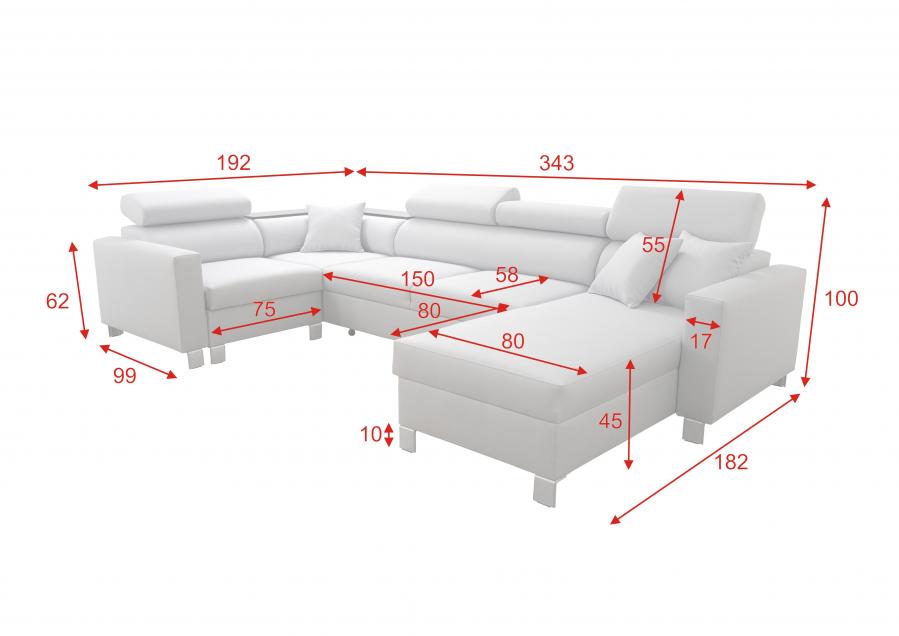

The soundbite history of the case is this: Janice Smyth’s parents purchased a residential building lot in Falmouth on Cape Cod in 1975 for $49,000 ($216,000 today). Conservation Comm’n of Falmouth, 94 Mass. The Court has been asked to review a decision by the Massachusetts Appellate Court in Smyth v. Supreme Court has an opportunity to address the problems with the Penn Central three-part test. Maybe the simplest is balancing the need for the government’s action, such as saving a sole-source acquirer, versus the private interest of some loss in development potential, like giving up three lots out of 100 to maintain a buffer around a well site.īut now, the U.S. The character of the government’s actions is even harder to apply as a test. The investment-backed expectations test raises issues of when did the property know of the restrictions, were new regulations foreseeable, for what purpose was the property purchased, and should it apply at all to inherited property. No taking, said the California Supreme Court. Superior Court, 542 P.2d 237 (Calif.1975) , there was an 80% loss in value as a result of the regulation. The diminution in value must be substantial. The three-part test has proved difficult to apply with any predictability. (1) The “economic impact” of the government action, principally in the diminution of value (2) the extent to which the action “interferes with distinct investment-backed expectations,” and (3) the “character” of the government’s action. Supreme Court enunciated a three-part test for determining whether there’s a partial regulatory taking. Penn Central claimed a partial regulatory taking from its inability to make use of its development rights in the airspace above the terminal. 104 (1978). Penn Central sought a “certificate of appropriateness” from the New York Landmarks Preservation Commission to erect a tower, some 53 stories high, on top of the beautiful Beaux Arts Grand Central Terminal building. This test was expanded upon in Penn Central Transp. 393 (1922), Justice Holmes offered the rule that launched an untold number of lawsuits and thousands of articles by tenure-seeking academics: “t he general rule at least is that while property may be regulated to a certain extent, if regulation goes too far it will be recognized as a taking.” In the most famous and first partial regulatory takings case, Pennsylvania Coal Co. The test in Lucas, just like the one Loretto, is simply if your property is rendered valueless, the government has to write a check.īut nearly all inverse condemnation cases arise out of partial regulatory takings, as when a developer is required to set aside some large amount of open space in return for getting a subdivision approval or is permitted only a few townhouse units on a property that could easily be developed with 50 or more. The Court announced this new variant, the categorical taking, where property is rendered valueless as a result of government regulation. Lucas sued and eventually made his way to the U.S. The government also conceded that the property had no economic use as a consequence. David Lucas had two oceanfront lots in South Carolina, and the government told him that there was no way it would ever allow him to develop. South Carolina Coastal Council, 505 U.S. These are called “categorical takings,” and the leading case is Lucas v. The second type of taking, hardly ever seen, is a hybrid between the partial taking caused by overregulation and the Loretto-style physical invasion taking. The test for a physical invasion taking is the simplest of all: if the government physically takes your property, they have to pay for it. Supreme Court held that even the smallest physical invasion taking is compensable. 419 (1982) , where a landlord in New York was required to take a shoebox-sized junction box for a cable system on the roof of her apartment building. The leading physical invasion case is Loretto v. The first is the physical invasion taking where a claim for inverse condemnation is made when the government enters or allows others to enter, your property. There are three types of regulatory takings.


 0 kommentar(er)
0 kommentar(er)
